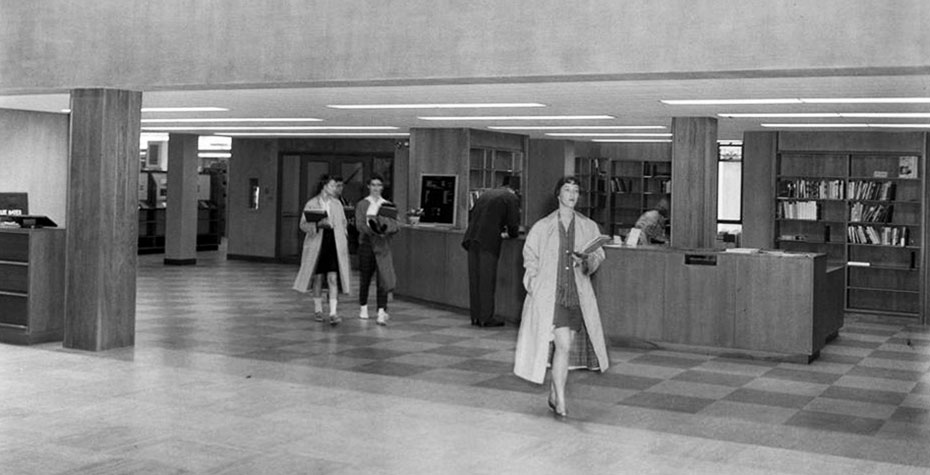Catching Up with the Class of 1959 via a Thorough Survey Taken Earlier This Year

Last week we shared the results of the survey of the class of 2014; this week we—and the Huffington Post—look at results of a survey of the class of 1959.
As its 55-year class reunion approached earlier this year, members of the class of 1959 surveyed their classmates about their lives and views since graduating, and garnered a very high response rate, with 73 percent of the class responding. Carolyn Elliot ’59, University of Vermont professor emerita and India scholar and founding director of Wellesley Center for Research on Women (1974), served as survey chair and penned a reflection for the Huffington Post that shares interesting findings about their cohort, a unique cluster of women from what Elliot terms “the Hinge Generation.”
Born before U.S. entry into World War II—but not much—and graduating from college in the Eisenhower years, these women followed some expected patterns for the day. As Elliot reports: “Out of 284 classmates who responded to the survey, all but four of us married, at an early average age of 23. Two-thirds are married now and over half have been married 44 years or more. Building a family was common as well; all but 10 have children.”
She recalls the “fatherly speaker” at their 1959 commencement who “predicted that our education would provide us with interesting thoughts while doing the dishes,” and notes that just 10 years later at commencement, student speaker Hillary Clinton ’69 would gain attention for spontaneously railing against just that sort of sentiment presented by another esteemed gentleman speaker.
The 1960s brought the beginning of enormous change for women. “When opportunities for women began to expand,” Elliot writes, “the Class of 1959 joined in. By age 35, 61 percent of us had started or resumed work, or changed careers. Many of our marriages did not survive these cultural changes. As a class, we had a 33 percent divorce rate, higher than the national average for our generation.”
Elliot goes on to discuss educational and professional choices, while adding some historical context, as well as political, religious, and social demographics shared by respondents. “The picture that emerges is of a well-informed group, with strong opinions and defined commitments to national issues, who are active primarily in local communities through volunteer work and financial support of organizations,” she sums up.
Read The Hinge Generation: A Profile of Pre-Boomer College Educated Women on the Huffington Post.
